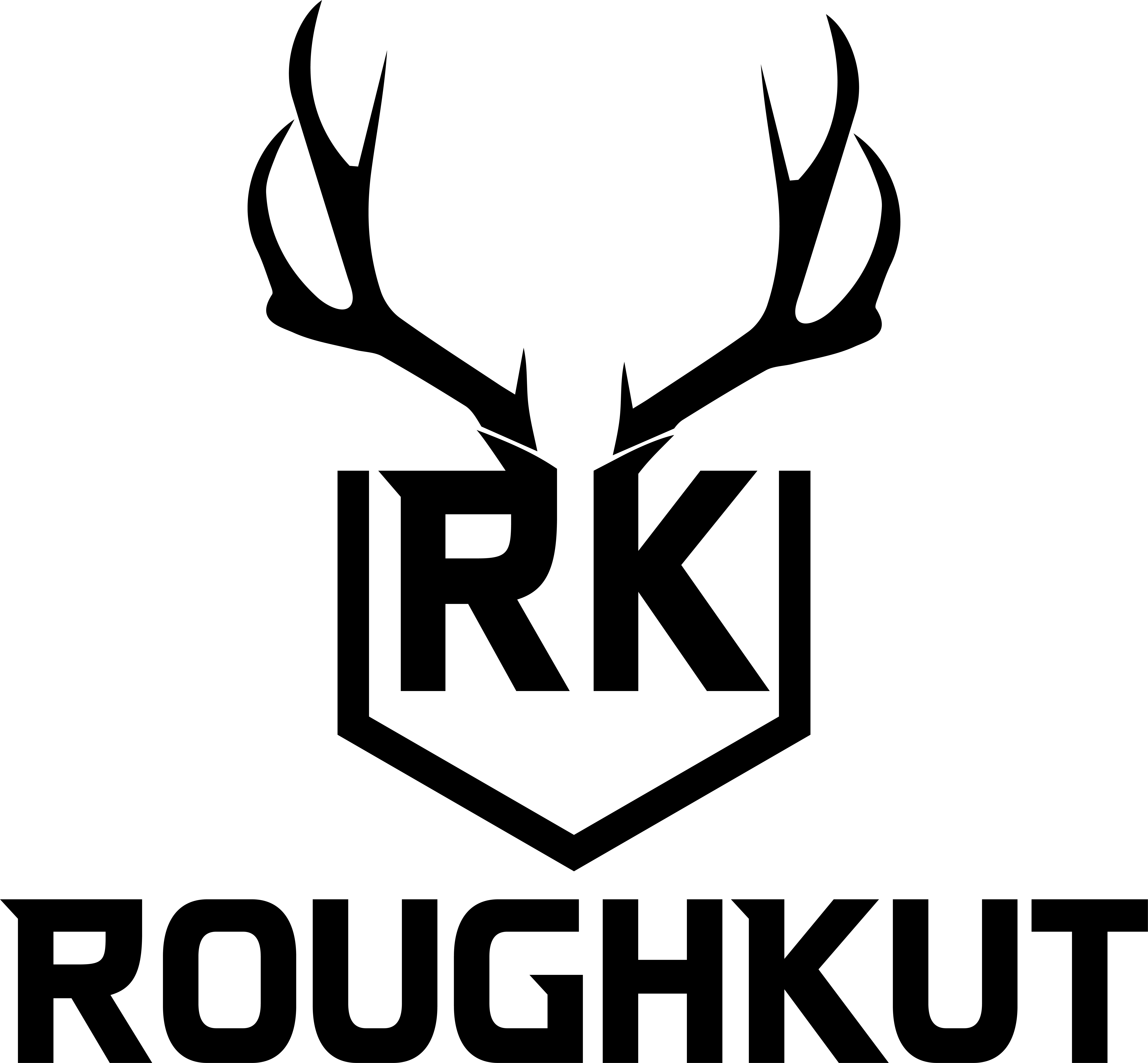The Pursuit of Kentucky Whitetails: Kentucky Whitetail Deer Hunting
If you are looking for a thrilling and rewarding hunting experience, you should consider whitetail deer hunting in Kentucky. Kentucky is one of the best states in the country for trophy whitetail deer, with a large and healthy deer herd that offers plenty of opportunities for hunters of all skill levels. Whether you prefer archery, muzzleloader, or modern gun hunting, you will find a season and a method that suits your style and preference. You will also enjoy the scenic beauty and the hospitality of the Bluegrass State, which has a rich hunting tradition and culture.
Kentucky Deer Hunting Regulations
Before you head out to hunt whitetail deer in Kentucky, you need to be familiar with the deer hunting regulations in the state. These regulations are designed to ensure the safety and sustainability of the deer population and the hunting opportunities for future generations. Here are some of the main regulations you need to know:
- Deer hunting seasons and methods: Kentucky has different deer hunting seasons and methods depending on the type of weapon you use and the zone you hunt in. The archery season runs from September 2, 2023 to January 15, 2024. The crossbow season runs from September 16, 2023 to January 15, 2024. The youth-only gun season runs from October 14 to 15, 2023. The muzzleloader season runs from October 21 to 22, 2023 and from December 9 to 17, 2023. The modern gun season runs from November 11 to 26, 2023. The free youth weekend runs from December 30 to 31, 2023.
- Deer bag limits and zones: Kentucky has different deer bag limits and zones depending on the size and density of the deer herd in each area. The state is divided into four zones: Zone 1, Zone 2, Zone 3, and Zone 4. Zone 1 has the highest deer density and allows for unlimited antlerless deer harvest using the statewide deer permit and additional deer permits. Zone 2 allows for up to four deer harvest using the statewide deer permit or youth deer permit. Zone 3 allows for up to two deer harvest using the statewide deer permit or youth deer permit. Zone 4 allows for one antlerless deer harvest using the statewide deer permit or youth deer permit.
- Deer hunting licenses and permits: To hunt whitetail deer in Kentucky, you need to have a valid hunting license and a deer permit. The hunting license costs $25 for residents and $150 for non-residents. The statewide deer permit costs $30 for residents and $70 for non-residents. The youth deer permit costs $10 for residents and non-residents under the age of 16. The additional deer permit costs $15 for residents and $30 for non-residents. The additional deer permit allows you to take up to two additional deer beyond the four deer allowed by the statewide or youth deer permits.
These are some of the basic deer hunting regulations in Kentucky. For more details and updates, you can visit the Kentucky Department of Fish & Wildlife website or call their toll-free number at 1-800-858-1549.
Best Counties for Trophy Whitetail Deer Hunting in Kentucky
If you are looking for a trophy whitetail deer in Kentucky, you need to know where to go. Kentucky has some of the best counties in the country for producing big bucks, thanks to its diverse habitat, quality deer management, and generous hunting seasons. Here are some of the best counties for trophy whitetail deer hunting in Kentucky:
- Green River Region: This region covers the western part of the state and has long been regarded as a trophy buck hotspot. Some of the best counties in this region are Ohio, Logan, Hopkins and Todd. These counties have a mix of hardwood forests, crop fields, and river bottoms that provide ideal cover and food for deer. They also have a high deer density and a balanced buck-to-doe ratio. According to Game and Fish magazine, these counties have produced more than 1,000 Boone and Crockett bucks since 2000.
- Bluegrass Region: This region covers the northern part of the state and has some of the most fertile soil and lush vegetation in the country. Some of the best counties in this region are Boone, Kenton, Campbell and Pendleton. These counties have a lot of agriculture land, such as corn, soybeans, alfalfa, and clover, that attract and nourish deer. They also have a moderate deer density and a good age structure of bucks. According to Kentucky Outdoor News, these counties have produced more than 800 Boone and Crockett bucks since 2000.
- Purchase Region: This region covers the southwestern part of the state and has some of the most diverse terrain and habitat in the state. Some of the best counties in this region are Ballard, Carlisle, Hickman and Fulton. These counties have a lot of wetlands, swamps, sloughs, and river systems that create unique hunting opportunities for deer. They also have a low deer density and a high percentage of mature bucks. According to Kentucky Afield magazine, these counties have produced more than 600 Boone and Crockett bucks since 2000.
These are some of the best counties for trophy whitetail deer hunting in Kentucky. Of course, there are other counties that can also produce big bucks, so don’t limit yourself to these areas. The key is to do your research, scout your hunting location, and hunt smart.
Tips for Finding and Scouting Trophy Bucks (H3)
Finding and scouting trophy bucks is not easy, but it can be done with some patience and persistence. Here are some tips for finding and scouting trophy bucks in Kentucky:
- Use trail cameras: Trail cameras are one of the best tools for locating and patterning big bucks. You can use them to monitor deer activity, identify potential shooters, and plan your hunting strategy. You should place your trail cameras near food sources, bedding areas, travel corridors, water sources, scrapes, rubs, or any other sign of deer activity. You should also check your trail cameras regularly and move them around as needed.
- Hunt the rut: The rut is the breeding season for deer, which usually occurs from late October to early December in Kentucky. During this time, bucks become more active and aggressive as they search for does. This is your best chance to encounter a trophy buck that may otherwise be nocturnal or elusive. You should hunt near doe bedding areas, funnels, pinch points, or any other places where bucks may chase or intercept does.
- Hunt the weather: The weather can have a significant impact on deer movement and behavior. You should pay attention to factors such as temperature, wind direction, barometric pressure and moon phase.
How to Hunt Whitetail Deer in Kentucky
Once you have found and scouted your trophy buck, you need to know how to hunt it. Hunting whitetail deer in Kentucky can be challenging and rewarding, depending on the season and method you choose. Here are some tips and techniques for hunting whitetail deer in Kentucky:
- Choosing the right equipment and gear: You should choose the equipment and gear that match your hunting style and preference. You can use a bow, a crossbow, a muzzleloader, or a modern gun to hunt whitetail deer in Kentucky. You should also have a good pair of binoculars, a rangefinder, a GPS, a compass, a knife, a flashlight, and a first aid kit. You should also wear appropriate clothing and footwear that suit the weather and terrain conditions. You should also wear hunter orange during firearm seasons for safety reasons.
- Selecting the best hunting location and stand: You should select a hunting location and stand that give you the best chance of seeing and shooting your trophy buck. You should consider factors such as deer sign, wind direction, visibility, shooting distance, and escape routes. You should also choose a stand that is comfortable and secure, such as a tree stand, a ground blind, or a natural cover. You should also set up your stand well in advance of the hunting season and avoid disturbing the area.
- Using deer calls and scents: You can use deer calls and scents to attract or manipulate deer during your hunt. You can use grunt calls, bleat calls, snort-wheeze calls, or rattling antlers to mimic deer vocalizations and sounds. You can also use doe estrus scents, buck urine scents, or food scents to lure deer to your location or cover your human scent. You should use these tools sparingly and realistically, and adjust them according to the deer’s reaction.
- Reading deer signs and tracks: You can use deer signs and tracks to locate and follow deer during your hunt. You can look for rubs, scrapes, droppings, beds, trails, or hoof prints that indicate deer activity and movement patterns. You can also use these clues to determine the size, age, sex, and health of the deer. You should be able to identify fresh and old signs and tracks, and interpret them correctly.
Enjoy your Next Kentucky Whitetail Adventure!
We hope you enjoyed this guide on whitetail deer hunting in Kentucky. We covered the deer hunting regulations, the best counties for trophy bucks and the tips and techniques for hunting success.
Don’t miss this opportunity to hunt some of the biggest and best whitetail deer in the country. Book your hunting trip today and experience the thrill and reward of hunting in the Bluegrass State.




